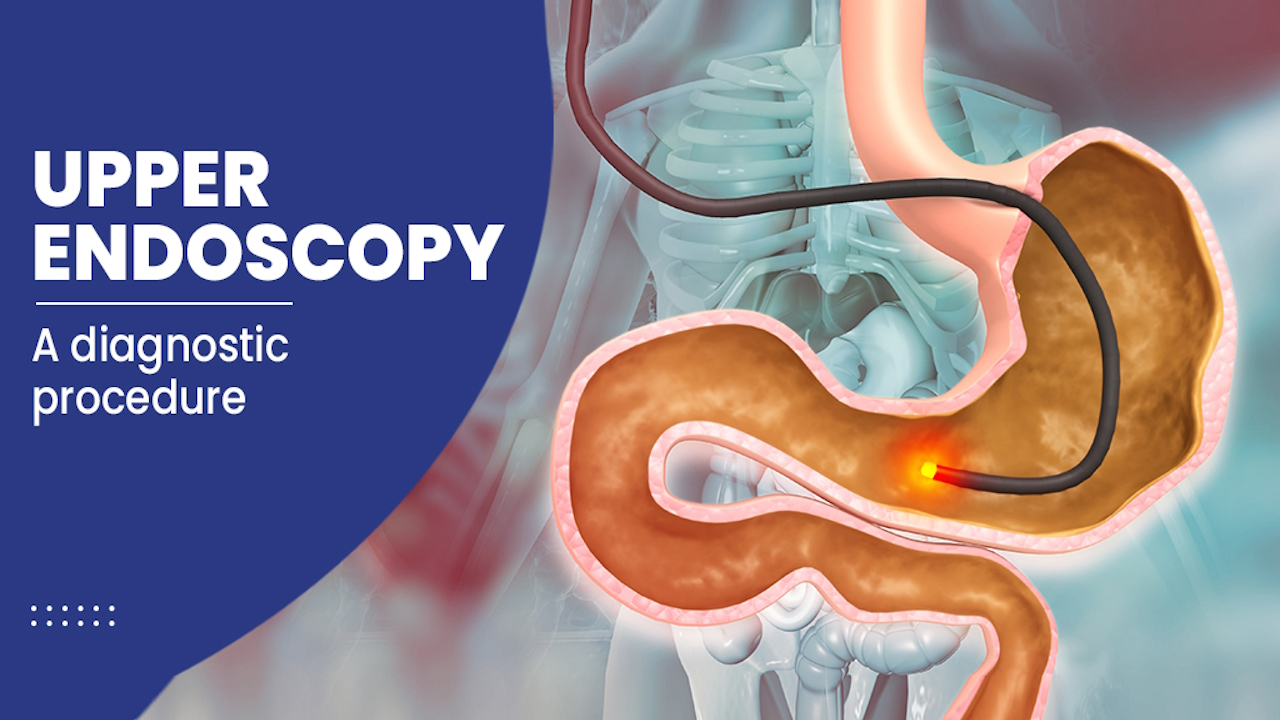
Our Services
Endoscopy
Endoscopy is a medical procedure that allows doctors to examine the inside of a person’s body using an instrument called an endoscope. The endoscope is a flexible tube with a light and a camera attached to it, which is inserted into the body through a natural opening or a small incision.
During an endoscopy, the patient is usually given a sedative or anesthesia to help them relax and minimize any discomfort. The specific procedure and type of endoscope used depend on the area of the body being examined. Here are a few common types of endoscopy:
-
Upper gastrointestinal endoscopy (EGD): This procedure examines the esophagus, stomach, and the first part of the small intestine (duodenum). The endoscope is inserted through the mouth.
-
Colonoscopy: This procedure examines the large intestine (colon) and rectum. The endoscope is inserted through the anus.
-
Bronchoscopy: This procedure examines the airways and lungs. The endoscope is inserted through the mouth or nose.
-
Cystoscopy: This procedure examines the bladder and urethra. The endoscope is inserted through the urethra.
-
Hysteroscopy: This procedure examines the uterus. The endoscope is inserted through the vagina.
During the procedure, the doctor carefully guides the endoscope through the body, using the camera to visualize the internal organs on a monitor. They may also take tissue samples (biopsies) or perform certain treatments, such as removing polyps or cauterizing bleeding vessels.
After the endoscopy, the patient is usually monitored for a short period to ensure there are no complications. Some patients may experience mild discomfort, bloating, or a sore throat, but these symptoms typically subside quickly.
It’s important to follow any pre-procedure instructions provided by your doctor, such as fasting or stopping certain medications. If you have any specific concerns or questions about an upcoming endoscopy, it’s best to consult with your healthcare provider for personalized information and guidance.

